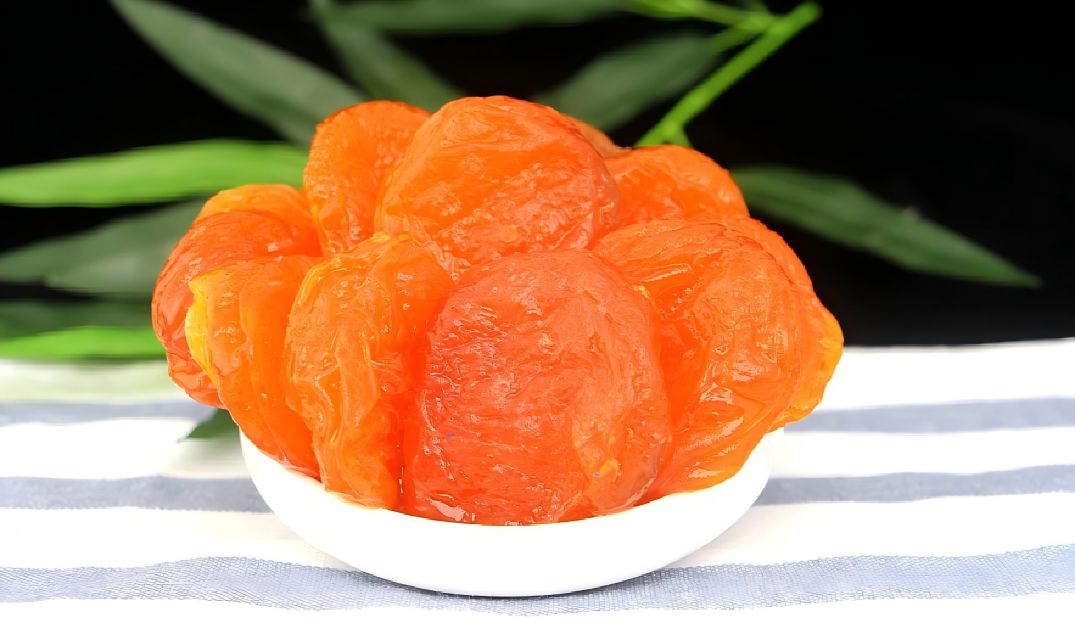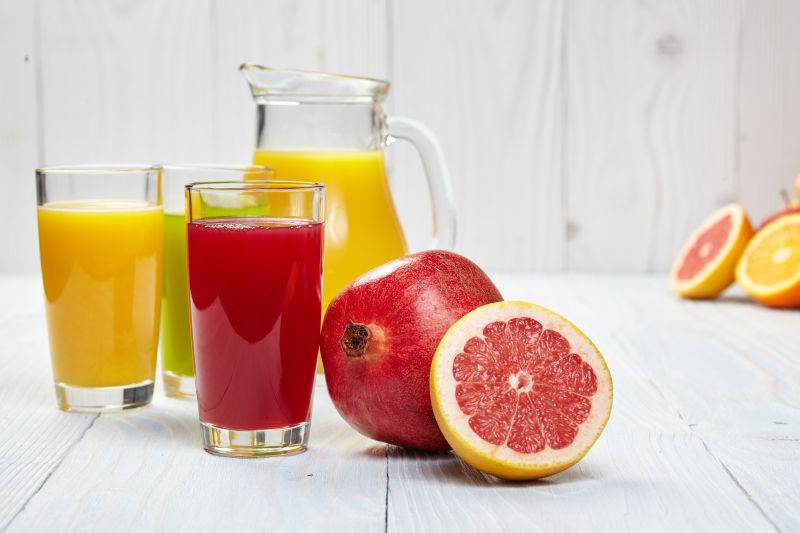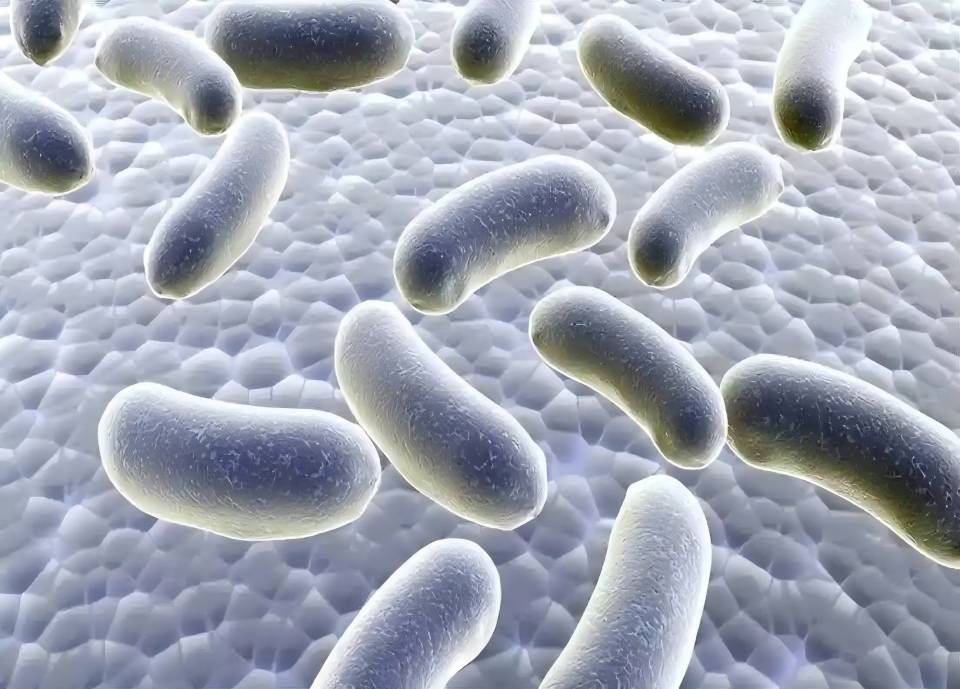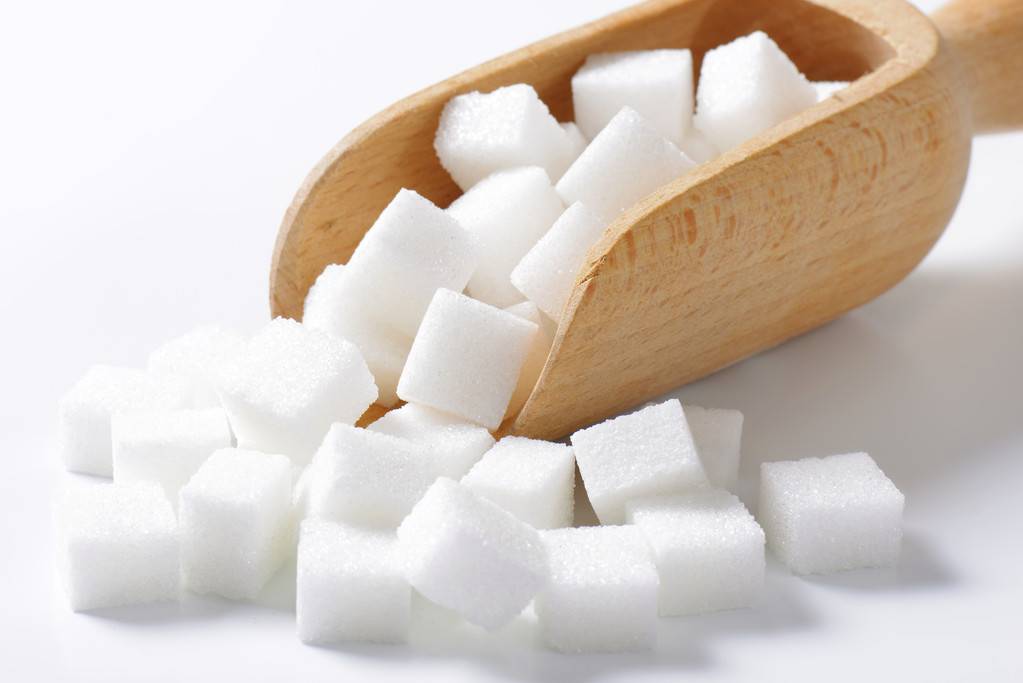Is Xylitol Bad for Teeth?
Xylitol is a functional sweetener that is widely used in pastries, beverages, chewing gum and alcoholic beverages. Its physical and chemical properties similar to sucrose, its ability to prevent tooth decay and its metabolism that is not related to insulin make it an excellent substitute for sucrose, glucose and other sugars. Xylitol, like other polyhydroxy compounds, is currently one of the most promising sugar substitute sweeteners. As of January 2000, 14,000 tons of polyhydroxy compounds were consumed worldwide, with a consumption value of 130 million US dollars. It is expected that the annual growth rate will be 2-3% within the next five years, with xylitol chewing gum and alcoholic beverages being the most widely used. Its physical and chemical properties similar to sucrose, its ability to prevent tooth decay and its metabolism independent of insulin make it an excellent substitute for sugars such as sucrose and glucose.
Xylitol, like other polyhydroxy compounds, is currently a promising alternative sweetener to sugars. As of January 2000, 14,000 tons of polyhydroxy compounds had been consumed worldwide, with a consumption value of 130 million US dollars. billion US dollars, and it is expected to grow at a rate of 2 to 3% annually within the next five years, with xylitol accounting for 12% of this growth [1]. Xylitol is gradually becoming the main sweetener in the confectionery and food industries due to its low caloric content, sweetness equivalent to sucrose, and health-promoting properties. This article introduces the properties of xylitol, discusses its health-promoting properties, and summarizes its applications.
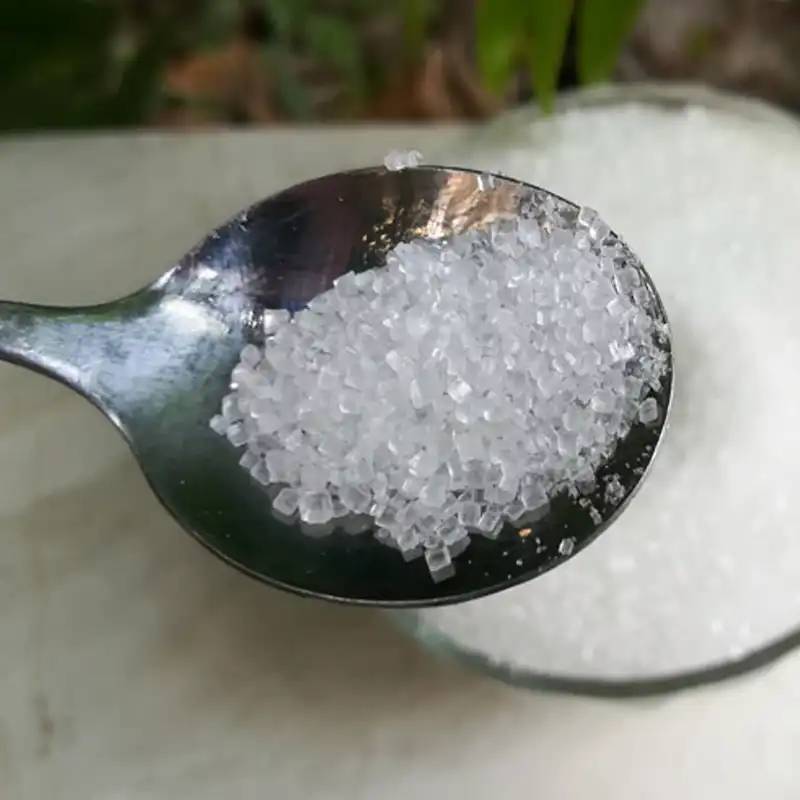
1 Characteristics of xylitol
Xylitol is a white powder or white crystalline pentitol with the molecular formula C5H12O5. Xylitol is found in fruits and vegetables and is also an intermediate in mammalian carbon metabolism. The normal metabolism of an adult can produce 5 to 15 g of xylitol per day. Currently, xylitol is mainly produced by hydrolyzing hemicellulose rich in xylan (xylose polymers) [2], isolating and purifying xylose, and then catalytically hydrogenating xylose to produce xylitol.
1.1 Physical and chemical properties of xylitol
The physical and chemical properties of xylitol are similar to those of sucrose. Its sweetness is between 0.65 and 1.05, which is equivalent to 1.00 for sucrose. It is the sweetest of the sugar alcohols, and has a cooling, minty aftertaste with no off-flavors. Its heat value is 16.79J/g, lower than that of sucrose, and it is being heavily promoted by businesses as a low-energy sweetener. Its physical and chemical indicators such as solubility, solution density and refractive index are basically the same as sucrose (Table 1), making it an ideal substitute for sucrose [3].
1.2 Xylitol's own characteristics
As a sweetener, the year-on-year increase in market consumption of xylitol is closely related to its own characteristics. It is also one of the main sweeteners in the health food market [4].
Xylitol is not cariogenic in itself and is therefore an ideal sweetener for confectionery. Research has shown that xylitol can disrupt the oral microflora and promote a shift towards a less cariogenic profile. Many sugars can be fermented by cariogenic microorganisms, which promotes the virulence of bacterial toxins. However, many cariogenic bacteria cannot ferment xylitol to form cariogenic end products. Even after prolonged consumption, cariogenic bacteria cannot metabolize xylitol to proliferate. Preliminary experiments in vitro and in mice have shown that when xylitol is present in the mouth, it not only prevents the transformation of colonies into caries plaque, but also selectively weakens the toxin factor of Streptococcus mutans [5]. After xylitol enters the body, its metabolism is not related to insulin and does not cause an increase in blood glucose concentration. It is therefore an ideal food additive for certain groups of people (diabetics).
Natah-ss et al. studied the metabolism of xylitol in healthy men and demonstrated that xylitol metabolism in the body results in very little change in glucose concentration in the blood; the calories produced are lower than those from glucose. Furthermore, these sugar alcohols, when added to foods, have a beneficial effect on hormone-stimulating responses [6]. The Maillard reaction is a reaction between glucose and glycine that occurs during heating [7]. The resulting brown “melanoid” color often affects the sensory properties of the product. Xylitol does not undergo the Maillard reaction, and its addition to candy and foods will not affect the color of the product due to heating. In addition, xylitol also has the advantages of being similar to glycerin and other polyhydric alcohols, and is also a good nutritional supplement for trauma patients and postoperative patients.
2 Health-promoting functions of xylitol
2.1 Prevention of dental caries
Tooth decay is a dental disease with a high incidence in children. In China, the prevalence of tooth decay among five-year-olds in rural and urban areas is 78.28% and 75.69% respectively (1998). Streptococcus mutans and Streptococcus salivarius, the salivary streptococci that cause tooth decay, use hexosyltransferases to convert sucrose into fructose, which allows the bacteria to adhere to the tooth surface. saliuarius) and Streptococcus mutans (S. mutans) use hexosyl transferase to convert sucrose into fructose, which allows the bacteria to adhere to the tooth surface. The bacteria then ferment the sugar to produce lactic acid, which corrodes the tooth enamel and causes tooth decay [8]. Xylitol is not metabolised by bacteria on tooth enamel or in the body, and it does not acidify, even when bound for a long time.
Xylitol inhibits the growth of Streptococcus mutans (S. mutans) (at concentrations greater than 0.1%) by using its metabolic intermediate product, 5-phospho-xylitol. At the same time, in the presence of xylitol, S. mutans can selectively utilize xylitol but cannot metabolize it for acid production; it lacks the toxicity and adhesion properties that cause delayed caries in sucrose metabolism. The results of large-scale clinical trials (including chewing gum) and small-scale in vivo experiments have fully demonstrated that xylitol can effectively prevent the occurrence of dental caries when replacing sucrose [9]. Soderling-E et al. [10] used a double-blind test to demonstrate that polyhydroxy alcohols are the active ingredients in chewing gum, which can effectively reduce the formation of dental plaque and the types of microorganisms. Xylitol can reduce the number of bacteria in saliva and the activity of bacterial hydrolytic enzymes in dental plaque, thereby preventing and inhibiting the occurrence of dental caries. Compared with polyol sweeteners, xylitol is most effective in preventing tooth decay; however, the method of adding and processing the sweetener has a significant effect on the result [11]. However, xylitol does not inhibit the deposition of bacterial metabolites on the teeth of adults who already have tooth decay [21].

2.2 Lowering blood glucose concentration
Xylitol is metabolized in the body without insulin dependence, and can be used to synthesize glycogen or be oxidized for energy. Therefore, a lack of insulin in the body will not hinder the metabolism of xylitol. Oral or intravenous administration of xylitol does not increase blood glucose or urinary glucose, and can be used as a carbohydrate substitute for diabetic patients. Xylitol, as a natural medicine, has the functions of regulating lipid metabolism, preventing obesity, promoting hepatic glycogen synthesis, and improving the utilization of glucose and amino acids. It can stimulate the secretion of insulin by the pancreas, inhibit the release of glucagon caused by arginine, inhibit the synthesis of fatty acids in biological tissues, and reduce the efficacy of free fatty acids and propionic acid production in the blood.
A study in which male Fischer 344 rats were fed a diet containing 10% xylitol or 20% sorbitol showed that sugar alcohols reduce the energy content of food, and that sugar alcohol foods all lead to a decrease in total body weight. Xylitol and sorbitol reduce the activity of glucose-6-phosphate dehydrogenase and malate dehydrogenase in the liver, but increase the activity of glucose-6-phosphate dehydrogenase and malate dehydrogenase in the fat tissue organ of the epididymis. phosphatase activity; the concentration of plasma glycogen is reduced in a diet fed with sugar alcohols; and there is also a subtle effect on the plasma insulin and glucose levels; sugar alcohols can reduce the plasma triacylglycerol and cholesterol levels; increase the activity of alkaline phosphatase in plasma [12]. Clinical experiments by Feng Genbao and others have not shown its effect of promoting the secretion of serum insulin and improving lipid metabolism disorders in patients. It is believed that the mechanism of xylitol lowering blood sugar may be related to promoting hepatic glycogen synthesis, increasing the sensitivity of insulin receptors, and promoting the utilization of glucose in peripheral tissues [13]. This function of xylitol makes it a regulator and nutrient for abnormal metabolism of sugar, protein and fat, and it can also be used as a food additive for specific populations (diabetics).
2.3 Promotes the body's absorption of calcium
Xylitol significantly inhibits the decrease in mechanical strength of diabetic-induced rat tibia (three-point bending test); the decrease in shear force of the femoral torque test; the decrease in load-bearing capacity of the femoral neck bearing test; and the inhibition of diabetic-induced osteonecrosis and the weakening of bone biological properties caused by diabetes [14]. The reason for this is that xylitol can promote the body's absorption of calcium, which enhances the density and toughness of the bone. In vitro experiments have shown [15] that the addition of 0.1–200 mM erythritol, xylitol, sorbitol, and maltitol to the mucosa does not affect the net absorption of intestinal substances such as calcium. Sugar alcohols directly affect epithelial tissue in vitro and promote calcium absorption in the small and large intestines of mice. The reason that adding xylitol to the mouse diet promotes the occurrence of chromaffin cell tumors is that the absorption of calcium in the small intestine is accelerated, breaking the dynamic balance of calcium in the body [16], which also verifies that xylitol can accelerate the absorption of calcium. Xylitol can be used as a calcium supplement and added to calcium-fortified foods.
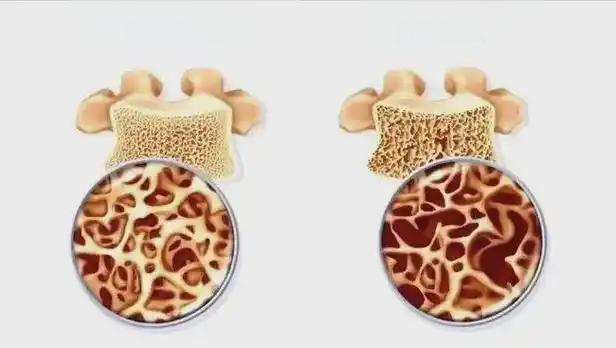
As research into xylitol has progressed, it has been found that xylitol can effectively protect the activity of galactosidase and enzyme conversion enzymes under high pressure [17]; it is a good protective agent for pharmaceuticals. It provides a good idea for protecting the active substances added to beverages and foods. Xylitol syrup, chewing gum, and cough syrup can effectively prevent acute otitis media and reduce the intake of antibiotics [18]; the effect is even better when the concentration is high.
3 Xylitol in the food industry
The physical and chemical properties of xylitol and its own characteristics determine its wide range of applications. Its high sweetness and functionality also make it the sweetener of choice for health foods.
In terms of functional confectionery, xylitol is mainly used as a sugar substitute and is added to chewing gum, hard candy and other oral hygiene products as a good sweetener. They can effectively prevent and inhibit the occurrence of dental caries; maintain or enhance the sweetness of candy and reduce the sugar content of candy. Currently, xylitol is the main sweetener in chewing gum, and its peppermint flavor and cooling sensation are loved by people; however, its viscosity is slightly inferior to that of sucrose and needs to be adjusted with gum arabic [1]. In candy processing, the melting temperature is very important when adding xylitol crystals. The melting temperature is best preheated to 175 ~ 170℃ before the first addition, and then cooled (110 ~ 120℃) before adding; the second addition is at 92℃; the third addition is at 45℃; the final and initial addition ratio of xylitol is (0 . 85 ~ 0 . 99) : 1. The hard candy made in this way is dense and has a beautiful appearance [19].
Dietary sweets, such as cakes, are one of the dietary principles of “dietary unity” in China. Xylitol added to cakes is suitable for people with diabetes. In food therapy, xylitol is used as both a sweetener and a therapeutic food. Kazandibi is a therapeutic milk pudding-type dessert [20]. Guar gum + xanthan gum (2.8 + 1.2), milk paste and rice flour improve its texture. The synthetic sweeteners aspartame + AK sugar (0.25 + 0.25) provide sufficient sweetness in synergy with some of the xylitol and fructose. 25) provide sufficient sweetness in combination with some xylitol and fructose. The milk and cream flavors (1.5 + 0.3 and 1.5 + 0.5) improve the acceptable aroma. The sample contains a higher protein content of 5%; lower energy (83 Kcal/100 g); and can be used as a food for diabetics for “therapeutic” purposes.
Liquor additive: The Japanese believe that adding 0.5% to 3% xylitol to white spirit improves its color, aroma and taste [1]. Adding 1.5% xylitol to white spirit gives it a smooth, mellow taste and a rich aroma. Adding xylitol to sake reduces the harm caused by microorganisms.
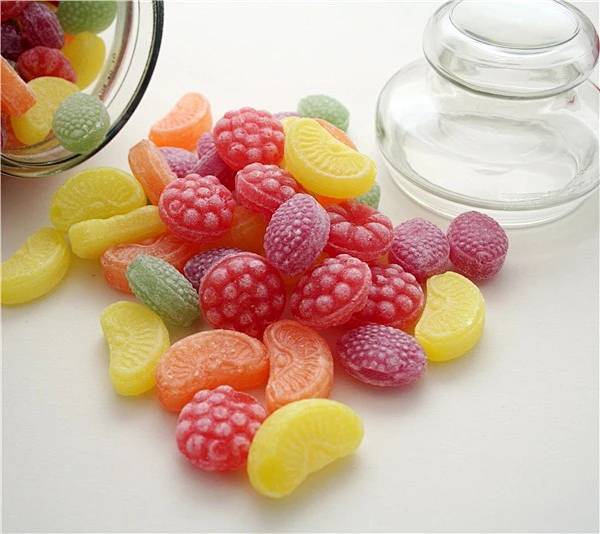
At present, enzymes are increasingly used in food, and the protective effect of xylitol on enzyme activity promotes the development of enzyme function. The author believes that with the increase of specific populations and the development of functional health foods, the research on xylitol as a protective agent for physiologically active substances in food, protecting them from the destruction of the adverse gastrointestinal environment, is very meaningful.
4 Conclusion
At present, xylitol is mainly produced in China using chemical methods, and the lag in separation and purification technology affects the quality of the product. The production of xylitol by microbial fermentation is only in the research stage, and industrial production has not yet been established. Obtaining high-yield xylitol using advanced separation technology and developing xylitol from fermented microorganisms are the research hotspots in the future. The health benefits of xylitol in use should be objectively evaluated based on data from clinical trials and animal experiments. In particular, when developing new products, we should not blindly advocate their functions and exaggerate their effects. As a health-promoting functional sweetener, xylitol should be used in a wider range of applications in the food industry, and basic research should be strengthened to maximize its functionality and create better social and economic benefits.
Reference
[1]USA,Business communications co. ,Inc. . The global market for polyols[J]. International - Sugar - Journal,2002,104:1244;352-354
[2]Zeng Jian-zhi, Fang Hong, He Cheng-xin, et al . Screening of xylitol-producing yeasts—a strain tolerant to sugar [J] . Food and Fermentation Industry, 2000, 27 (3): 13 ~ 15
[3]Lu Chang-run, Yan Ya-mei . Health sweetener xylitol and its application in food [J] . Chinese and Foreign Technical Information, 1995, (9): 43 ~ 44
[4]Toursel - P . Healthier than what is alleged[J]. Process - Rennes, 1997,1127;35 ~ 37
[5]Trahan-L . xylitol:a review of its action on mutans streptococci and dental plaque-its clinical significance[J]. International-Dental-Jour- nal,1995,45:suppl. l,77 ~ 92
[6] Natah-SS;Hussien-KR;Tuominen-JA;et al. Metabolic response to lactitol and xylitol in healthy men[J]. American-Journal-of-clinical- Nutrition,1997,65(4):947 ~ 950
[7]Yan Xishuang, ed. Culinary Science and Processing Technology [M]. Harbin: Heilongjiang Science and Technology Publishing House, 1991
[8]Zhou Deying, author. Microbiology Course. Beijing: Higher Education Press (2nd Edition), 2002
[9]Levine-RS . Briefing paper:xylitol,caries and plaque[J]. British-Den- tal-Journal,1998,185(10):520]
[10]Soderling-E;Trahan-L;Tammiala-Salonen-T;et al. Effects of xylitol, xylitol-sorbitol,and placebo chewing gums on the plaque of habitual xylitol consumers[J]. European-Journal-of-Oral-Sciences,1997,105(2):170 ~ 177
[11]Machiulskiene-V;Nyvad-B;Baelum-V . caries preventive effect of sugar-substituted chewing gum[J]. community-Dentistry-and-0ral- Epidemiology,2001,(29):4,278 ~ 288
[12]Ellwood-Kc;Bhathena-SJ;Johannessen-JN;et al. Biomarkers used to assess the effect of dietary xylitol of sorbitol in the rat[J]Nutrition- Research,1999,19(11):1637 ~ 1648
[13]Feng Genbao, Wang Zhulan, Hu Lanping et al. Observation of the hypoglycemic effect of xylitol on non-insulin-dependent diabetes mellitus [J]. PLA Medical Journal, 1995, 20(2): 138 ~ 139
[14] Mattila-PT;Knuuttila-MLE;Svanberg-MJ. Dietary xylitol supplemen- tation prevents osteoporotic changes in streptozotocin-diabetic rats [J]. Metabolism,clinical-and-Experimental,1998,47(5):578 ~ 583
[15]Mineo-H;Hara-H;Tomita-F . Sugar alcohols enhance calcium trans- port from rat small and large intestine epithelium in vitro[J]. Diges- tive-Diseases-and-Sciences[J],2002,47(6):1326 ~ 1333
[16]Tischler-AS;Powers-JF;Downing-Jc;et al. Vitamin D3,lactose,and xylitol stimulate chromaffin cell proliferation in the rat adrenal medulla[J]. Toxicology-and-Applied-Pharmacology,1996,140(1): 115 ~ 123
[17]Athes-V;combes-D . Influence of additives on high pressure stability of beta-galactosidasefrom kluyoeromyces lactis and invertase from saccharomyces cereoisiae[ J ]. Enzyme-and-Microbial-Technology,1998,22(6):532 ~ 537
[18] Uhari-M;Kontiokari-T;Niemela-M . A novel use of xylitol sugar in preventing acute otitis media[J]. Pediatrics,1998,102(4):879-884
[19]Taskinen-S . Hard candies containing xylitol and other sugar alcohols having reduced tack[P]. United-States-Patent,1993,US 5223303,; A 18 . 10 . 91-US-779476,P 29 . 06 . 93,PR 18 . 10 . 90-FI-905133:al- so:EP 481940;NO 91-4070 .
[20]Demirag-K;Elmaci-y;Altug-T . Formulation and quality evaluation of reduced sugar and reduced calorie kazandibi[J]. Journal-of-Food- Quality,1999,22(1):101 ~ 108
[21]Scheie-AA;Fejerskov-O;Danielsen-B . The effects of xylitol-contain- ing chewing gums on dental plaque and acidogenic potential[J]. Journal-of-Dental-Research,1998,77(7):1547 ~ 1552


 English
English French
French Spanish
Spanish Russian
Russian Korean
Korean Japanese
Japanese